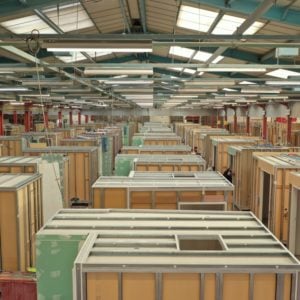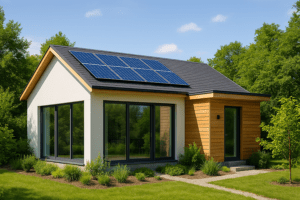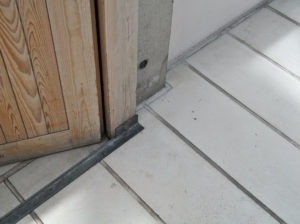
Advancements and Challenges in Offsite Construction
As the construction industry faces rising costs and labor shortages, offsite construction presents a compelling solution. But challenges like regulations and scalability still hinder its full potential. Offsite construction has seen significant advancements and notable setbacks, with countries like Sweden




